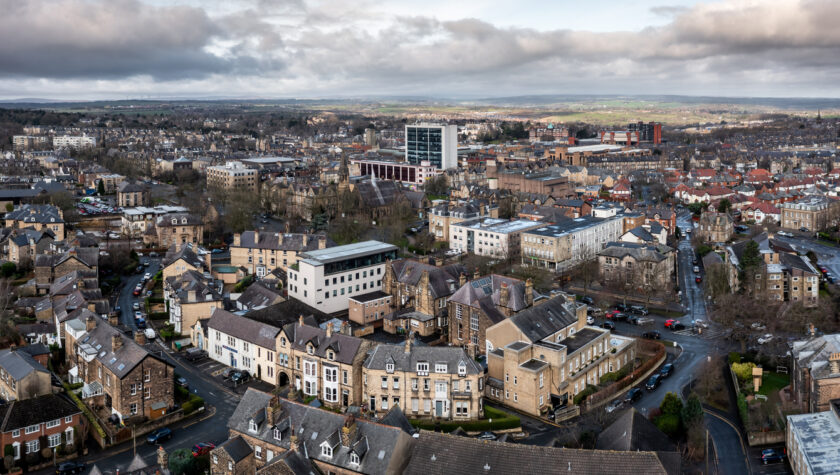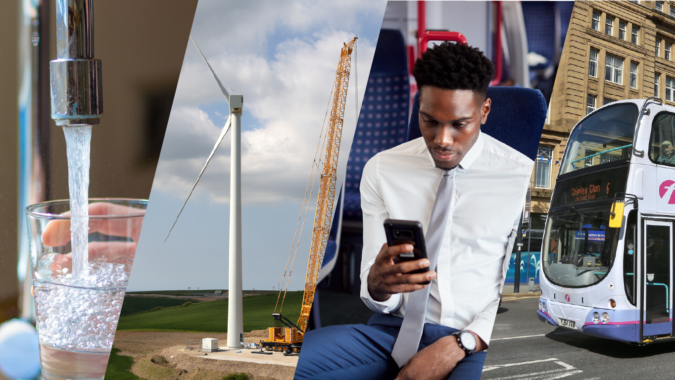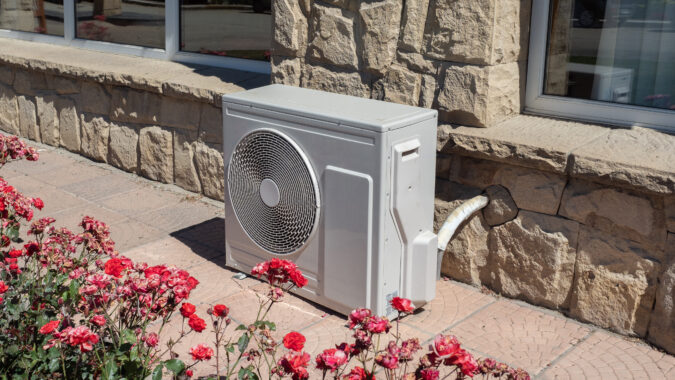Members of the Commission team were in Harrogate and Knaresborough yesterday (26 April) meeting local political leaders and businesses from across North Yorkshire and learning more about the county’s priorities around delivering net zero, creating a low-waste economy and the challenges of digital connectivity in what is a largely rural region.
A roundtable in Harrogate’s civic centre hosted by the Chief Executive of North Yorkshire Council, and joined by the Leader, brought together senior officials with responsibility for different council services and representatives from businesses managing key energy, digital and waste infrastructure across the county to share with the Commission both the areas of real progress by North Yorkshire delivering against the region’s infrastructure priorities, and where it faced significant challenges. The discussion was part of a programme of regional visits to inform the Commission’s emerging thinking ahead of publication of the UK’s second National Infrastructure Assessment in the autumn.
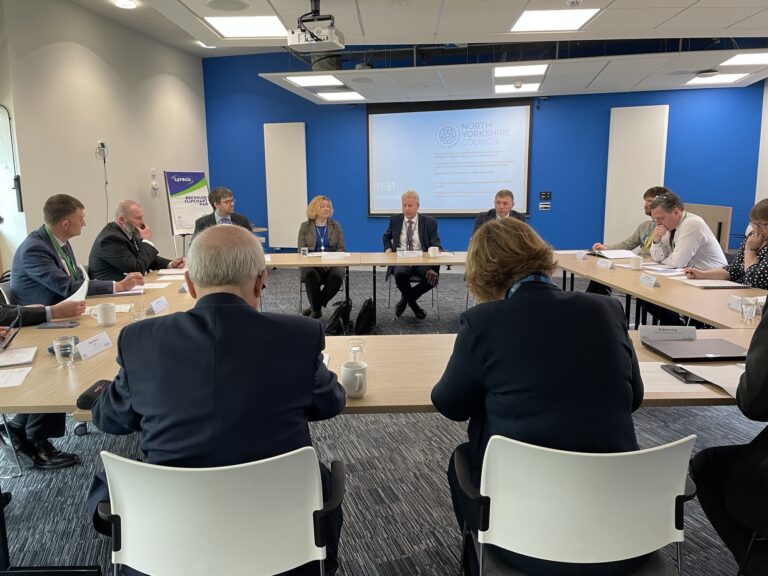
As well as learning about the programme shaping North Yorkshire Council’s draft climate strategy and associated goal of being carbon net negative by 2040, the Commission team heard about the challenges associated with its Local Area Energy Plan, such as the need for improved electricity infrastructure and removing delays in grid connections, particularly for new commercial sites and the more isolated parts of the region.
The creation of a more circular, low-waste economy is a crucial part of the Council’s net zero strategy and the Commission heard about its exploration of a number of potential avenues for delivery, such as development of a separate food waste collection scheme and taking greater account of demographics in developing recycling collection options.
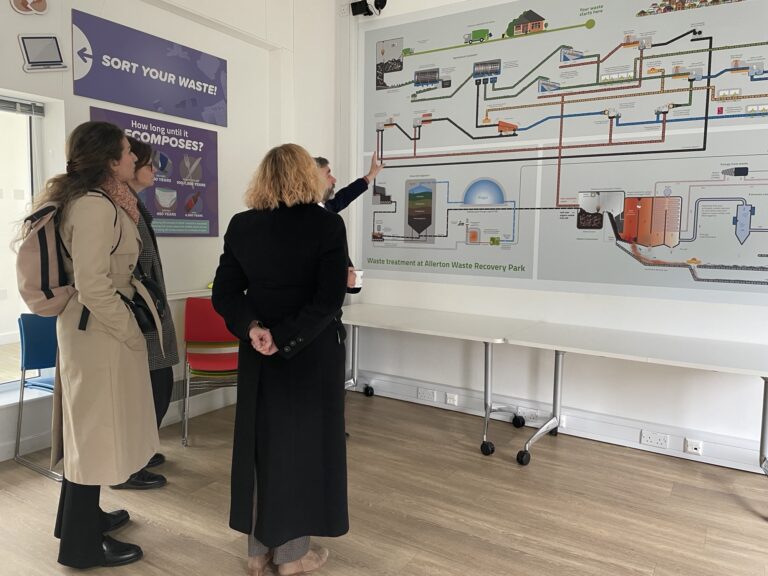
In the afternoon the team explored the Allerton Waste Recovery Park near Knaresborough, which treats ‘black bag’ waste from across the county while generating electricity for 40,000 homes, and has played a crucial role in reducing the amount going to landfill by 90 per cent. But this facility has a significant carbon footprint and the Commission team heard from the operator about options to reduce this, such as through using hydrogen-powered refuse vehicles and using the plant’s waste heat as a potential source for district or industrial heating.
